
Wild herbs in our garden
 29. 04. 2020
29. 04. 2020

We walk around them in the meadows without noticing them. We fight them and mow them in the gardens, while sometimes we have no idea that we are destroying herbs full of medicinal substances. Due to their ease of cultivation and abundance, they are an ideal continuous source of medicines. Now all that remains is to make full use of them for your health.
The period of spring and summer is really very abundant for wild herbs. All you have to do is choose the herbs we need, take the basket and go to the collection.
Chicory
Chicory flower is good against conjunctivitis. The flower is best dried in a warm and fast way, otherwise it turns white. Although we could collect it later in the summer, the ideal time to collect the flower is in this warm summer period due to easier drying.
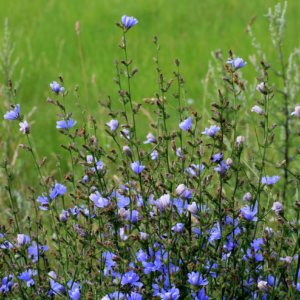
Large-flowered division
It is mainly collected by the division flower, because it is absolutely great for dry irritating coughs.
Try:
Divisional syrup
Think about the dry autumn days and prepare cough syrup in stock. You will be surprised by its reliable effect.
You will need:
fresh divisia flowers; 1 kg of cane sugar; 150 ml of boiled water
We gradually collect diviso flowers and put them in sugar. Best in a 0,7 liter glass. First we make a layer of sugar at the bottom - about 2 cm and then we put sugar flowers. Again, we interlace a layer of sugar and a layer of flowers. The layers are about 1 cm high. It is important to always compact the layers properly. When we have a full glass, we close it and let it stand in a shady warm place for 14 days to 3 weeks.
Then pour the contents of the glass into an enamel pot or glass cooking vessel and add boiled water. Heat gently until the sugar has dissolved. The syrup should not be boiled, the ideal temperature is about 80 ° C. Then we fill through a sieve into glasses that are boiled. After filling, we turn upside down, as in conventional jamming.
This syrup is excellent against dry irritating cough, 1 teaspoon is used 3 times a day.
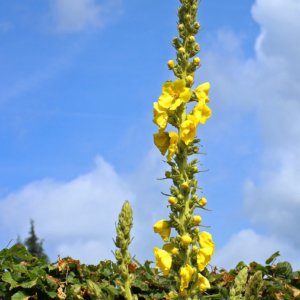
Stinging nettle
From March to April, mainly young shoots are harvested, but if the nettles are mowed, they can be harvested almost all year round. 4-6 highest perched leaves are used, including the petiole and the shoot itself. Roots and seeds are collected from August to November.
The roots of nettle are best dried in the sun, the aboveground parts of nettle are dried in bouquets hung in a dry and shady place. We store dried nettles in linen bags.
Nettle has cleansing, detoxifying, tightening, strengthening and antirheumatic effects, lowers blood pressure, is used for gout and atherosclerosis. It is used for the flu, it treats the urinary and respiratory organs. Especially in spring, nettle helps revive metabolism.
For internal use we use decoctions of roots and aboveground parts of nettle, for external use infusions, decoctions and tinctures of roots, macerated leaves for wasp stings.
Try:
Nettle tea
Nettle tea is literally a stimulant. It thoroughly cleanses the body and supplies energy. Dry nettle for the winter so that you can prepare this delicious drink at any time.
You will need:
2 teaspoons sliced fresh or dried nettles; water
Pour a quarter of a liter of water over the nettles and let them boil. Then set aside, leave to infuse for 10 minutes. We strain and drink lukewarm. This drink also helps with rashes or hair loss.
Yarrow
The yarrow collects a stem and sometimes a white or pinkish flower. The plant is harvested from June to October, but it is absolutely ideal to collect yarrow in July around ten o'clock in the morning. It is most advantageous to harvest the upper non-woody parts of the plant in full bloom. The flowers have a very spicy scent. The stem of the yarrow is cut twelve to twenty centimeters above the ground and quickly dried in the shade or at an artificial temperature of up to thirty-five degrees Celsius.
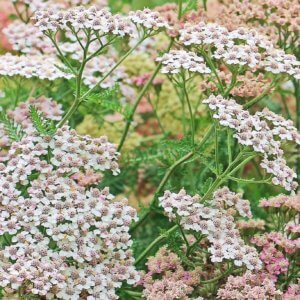
A very high quality tea infusion can be prepared from yarrow. It is mainly used for colds, coughs, the onset of the flu and for lung diseases. Tea is also suitable for bleeding, which increases blood clotting. This applies both to nosebleeds, but also to excessive menstruation and secondary anemias. After all, yarrow tea is important for women for other reasons as well. However, yarrow is also often referred to as butterbur as the main female herb.
Goat's foot ivy
We can see it in the gardens under the trees or under the bushes and it is considered a weed that cannot be rid of. However, it is very beneficial and also tastes very good. The leaves are collected and consumed
tea. It doesn't dry, we can freeze it like spinach puree.
The tree frog
Ptačinec is a widespread small plant that thrives in moist soils. This inconspicuous herb has really great effects and is also used in the kitchen, because it is a storehouse of many valuable substances. The whole stem is collected, or the leaves are torn off later, because over time the stem stiffens a bit. It is not possible to dry much, a fresh plant is used.
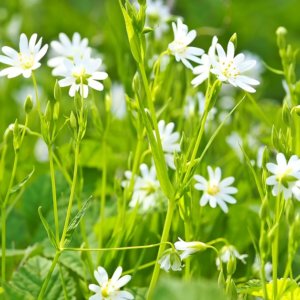
Helps against rheumatism, atopic eczema and psoriasis. It treats ulcers, ulcers and hemorrhoids. It works well for coughing, various lung and bronchial ailments. It is used against coughs in the form of a slight decoction - the herbs are soaked in cold water, which is slowly heated to boiling and left to stand for 15 minutes.
Try:
Smoothie from wild herbs
Fresh wild herbs are rich in vitamins, enzymes, minerals and many other substances that our body needs. Try our "wild" drink, which is the real refreshment on summer days.
You will need:
2 handfuls of bird's-foot-trefoil; half a handful of plantain; half a handful of yarrow; 1 l of water; lemon juice; 2 tablespoons fruit concentrate (eg apple or sea buckthorn)
Wash fresh herbs in water, put in a blender together with water, lemon juice and fruit concentrate. Mix at the highest speed until a smooth drink is obtained. Sweeten as needed and pour into glasses. We can cool before serving.
Tips from the Sueneé Universe e-shop
Dance drum including stand for 1 to 4 drummers. Drums made according to the traditional practices of Native Americans.
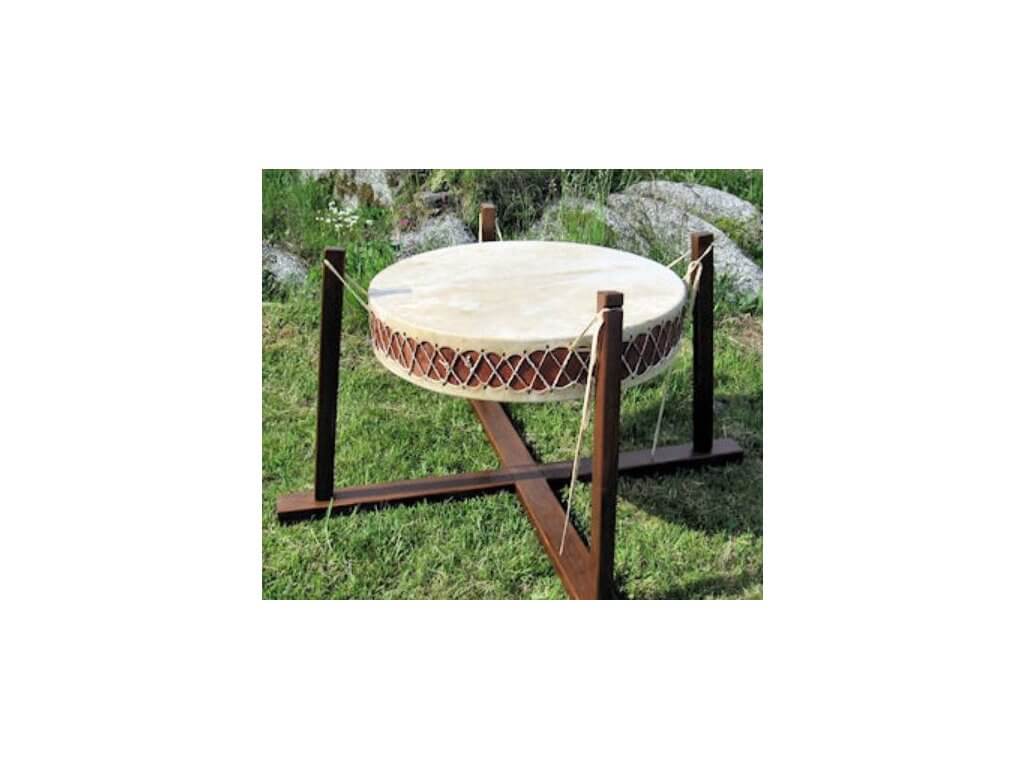
Big Dance drum Pau-Wau
Wolf-Dieter Storl: Healing and magical herbs between the door and the gate
The author included nine quite ordinary ones in this publication wild herbsthat you can find on the way from the door of your home to the gate of the garden. On the pages of his book he deals with the properties and healing power nettles, poppies, wormwood, goat's foot, horsetail, plantain, bird's eye, daisy and dandelion. Describes their considerable importance in folk medicine, planetary significance or their role in many fairy tales, legends and superstitions.
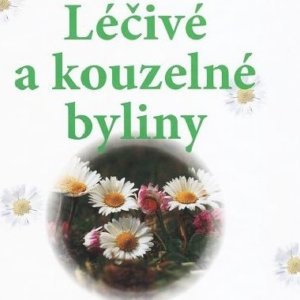
Wolf-Dieter Storl: Healing and magical herbs between the door and the gate





 1
1